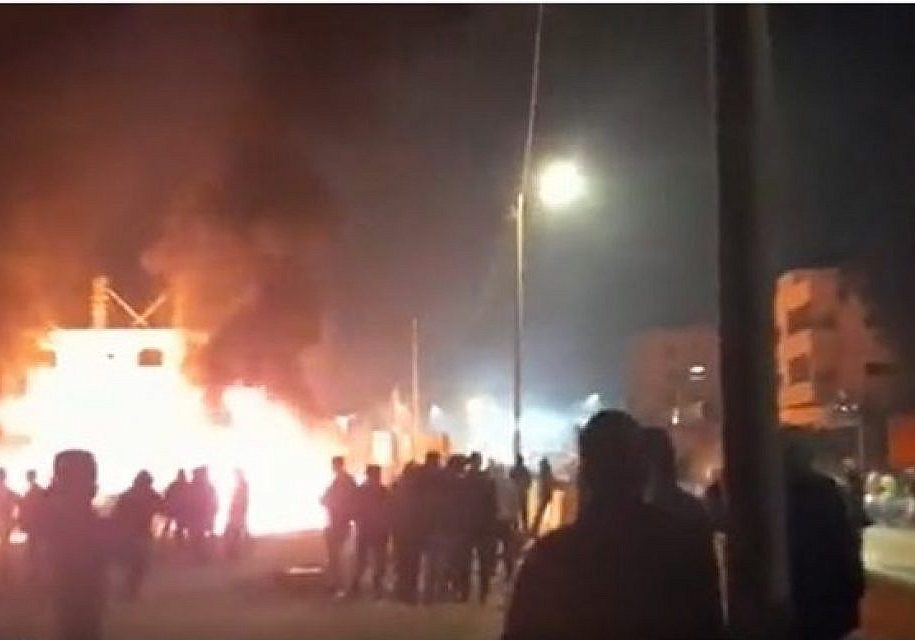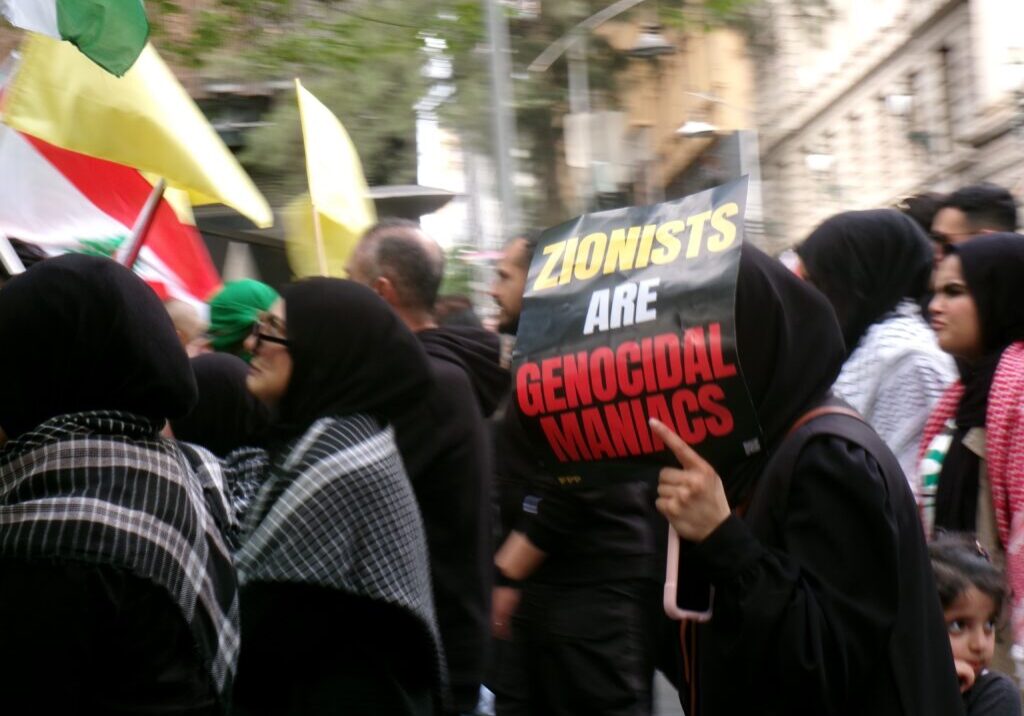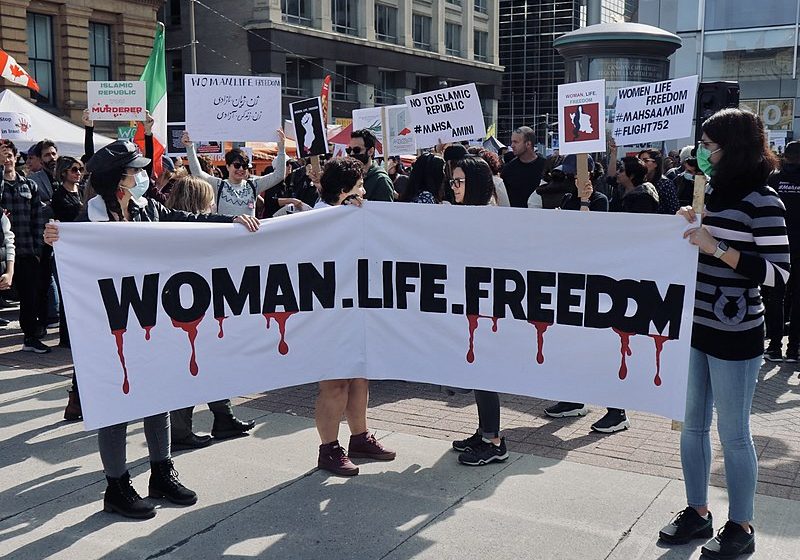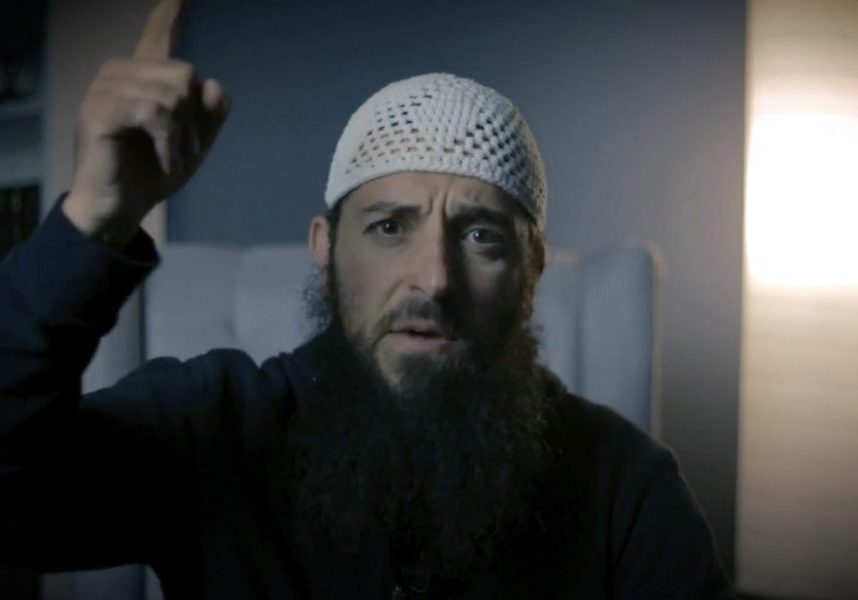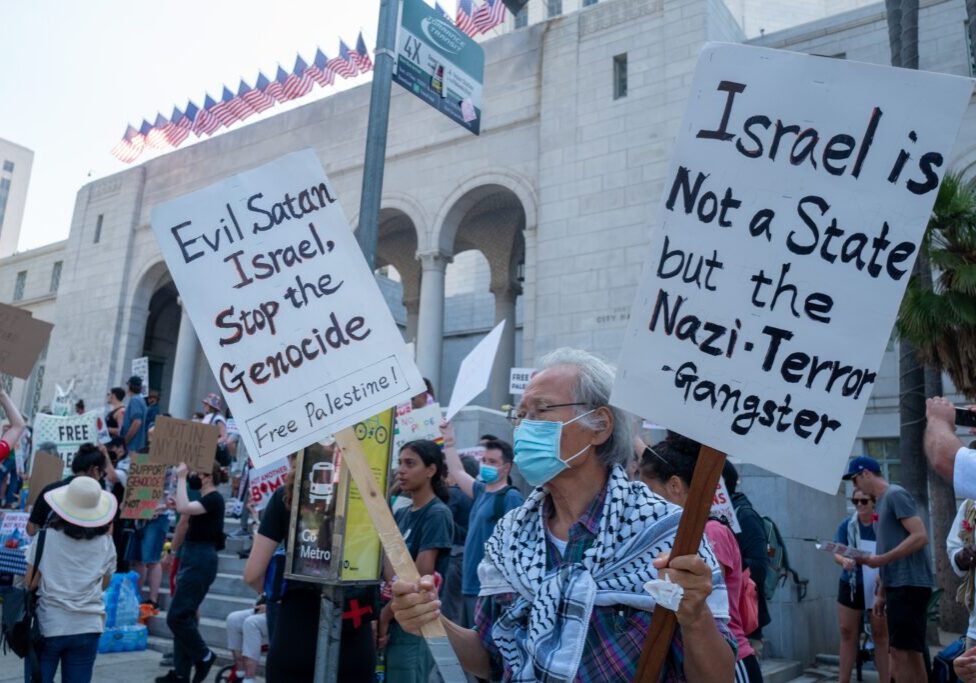Australia/Israel Review
Indonesian Jihadism and Abu Bakar Bashir
Mar 2, 2021 | Zachary Abuza

Abu Bakar Bashir is a free man. The hate-spewing former spiritual head of Jemaah Islamiyah (JI), who later declared allegiance to the Islamic State (IS), was released from Indonesian jail on Jan. 8. He had been sentenced to 15 years in 2011 for providing financial assistance to running a terrorist training camp in Indonesia.
It is another affront to the rule of law and a diplomatic poke in the eye to Australia. But will it have an impact on violent extremism in Southeast Asia?
On the one hand, at 82, Bashir is not a young man, and unlikely to want to be re-arrested. On the other hand, he is an egotistical hate monger who loves the limelight. He would chafe at having someone else assume the mantle of jihadist leadership.
And so Bashir is likely to steer a course between those two ends. He will return to al-Mukmin school in central Java, the spiritual home of terrorism in Southeast Asia that he and Abdullah Sungkar founded in 1972. He will have his ego stroked by his students, who will laud his martyrdom, and lap up every word he says. He will have a platform from which to continue preaching his vitriol. Politicians will show up to kiss his rings for pre-electoral photo-ops.
But his release comes at a time when Islamist militancy in Indonesia is in flux, and it’s hard to see how Bashir will affect its direction.
The threat of IS never reached its terrifying potential in Indonesia. Many groups, splinters of JI, followed the lead of Bashir and declared bai’at (“fealty”) to IS and its leader Abu Bakr al-Baghdadi, starting in mid-2014. More Indonesians went to join IS in Iraq and Syria than ever went to join al-Qaeda in Pakistan and Afghanistan.
By November 2014, there were enough Southeast Asians (mainly Indonesians, but, on a per capita basis, more Malaysians) in Syria to establish a Bahasa-speaking military company. Soon after, they established a Bahasa language school for their children, where they were filmed engaging in military training.
Most importantly, 2014-15 saw a surge in Bahasa language propaganda from IS media organs. This included recruitment videos, appeals from militants in the field, weekly newsmagazines, and the ubiquitous beheading videos.
Four Southeast Asians joined the senior leadership ranks of IS. And yet their record in terms of fomenting violence in Southeast Asia was decidedly mixed.
And, to IS, the violence is the key. IS’s founding document, The Management of Savagery, originally an al-Qaeda manifesto to challenge bin Laden’s strategy, makes it clear that the level of violence has to build to a crescendo, so that people eventually acquiesce to IS control and imposition of Sharia law. You cannot have an Islamic State without an orgy of violence. Most al-Qaeda leaders blanched at the scope of violence IS said was needed.
There were attacks in Indonesia, to be sure, but they were uneven in terms of lethality and professionalism.
Unlike the al-Qaeda-linked JI, which was very hierarchical and tended to micro-manage its attacks, the pro-IS groups in Indonesia, such as the Jamaah Ansharut Daulah (JAD), are far more decentralised. IS has always been happy to take credit for attacks perpetrated by fellow travellers and people who subscribe to IS ideology.
The January 2016 takeover of a Starbucks in central Jakarta portended a lot of violence. Since then, we’ve seen some very amateurish attacks, and some very professional and well-resourced ones.
The May 2018 suicide bombings, involving entire families including small children, may be seen as a manifestation of the frustration experienced by some JAD militants with their colleagues who were proving unwilling to perpetrate the necessary violence. JAD attacks have largely focused on security forces, such as the November 2019 suicide bombing at a police station in Medan.
No doubt, Indonesian security forces have been far more proactive than they were with the advent of JI. The budget and personnel of Indonesia’s elite Densus-88 counter-terrorism force was doubled in 2019. There are now Densus-88 forces deployed in every province. They continue to have good discipline and commitment to the mission, and are intelligence-driven. Most importantly, they have significant political cover to do their jobs effectively.
The Indonesian Government’s pressure on the online portal Telegram was also important. While there is little it can do vis-a-vis encrypted person-to-person messages, the closure of large public chatrooms on Telegram was a huge loss for IS and JAD.
Perhaps the high point for IS in the region was mid-2017, when two pro-IS groups in the Philippines, assisted by foreign fighters from across Southeast Asia, took over the Philippine city of Marawi and held off the Armed Forces of the Philippines for five months. Though ultimately a loss, it was an enormous propaganda victory for IS, which was then losing substantial amounts of territory in Syria.
As IS sought to return to its insurgent roots, it searched for new battlegrounds from which to wage a global insurrection. IS encouraged foreign fighters from Southeast Asia to travel to Mindanao, and yet, and while some did, it never really gained traction there. If the shift to a global insurgent model was a strategic goal, its manifestation in Southeast Asia has fallen short.
The horizontal nature of IS and its willingness to take credit for any attack, no matter how amateurish, made the group seem much larger than it was. But a smaller, more disciplined group, with better command, control, and professionalism, is far more dangerous. It’s reminiscent of a famous video of three professional soccer players taking on 100 kids.
Which is what makes the quiet return of JI so concerning.
JI’s last militant attack was in 2011, a suicide bombing of a mosque in a police compound. By that point, JI had been seriously weakened and was woefully divided between a pro-al-Qaeda faction that wanted to continue to attack the “far enemy” – that is, Western-linked targets – and a group that saw that strategy as not morally wrong, but counter-productive. They promoted a line based more on fomenting sectarian violence against the country’s minorities, something JI had been doing in 1998-2001. Neither side carried the day and JI continued to splinter.
With the emergence of IS in 2014, many splinter groups began to declare their allegiance to al-Baghdadi. The Mujahideen Indonesia Timur (MIT), based in central Sulawesi, was the first, but many others followed. The JAD was originally established as an umbrella group for all of those pro-IS militants, before morphing into a terrorist organisation in its own right by 2016.
The reality is that for the past decade, JI has ceased to be a militant organisation. Consumed with the rise of IS, the Indonesian Government gave JI tremendous space to operate its mosques and madrassas; to proselytise; and to run businesses, publishing houses, and charities – as long as they were not engaged in violence. But JI never renounced violence; the past decade was a tactical hiatus until its ranks and resources were replenished. JI patiently let its rivals in IS take the brunt of the security forces’ efforts.
In mid-2019, Indonesian authorities arrested JI’s spiritual chief, Para Wijayanto. It was a sobering wakeup call. The organisation was by then larger, wealthier, and better resourced than it had been even at its height in the 2000s.
Although Indonesian authorities arrested more than 200 members of IS/JAD in 2020, some 30 members of JI were also arrested, the first major crackdown on the group since 2010. Most importantly, the arrests include JI’s operations chief, Zulkarnaen, as well as the group’s top bomb-maker, and its latest spiritual leader. JI is back on the security forces’ radar screen.
And the timing is essential for two reasons. First, JI has clearly been positioning itself to pick up the pieces of a much weakened IS/JAD and poach its adherents. It’s important to note that in Southeast Asia, unlike the Middle East and South Asia, jihadism is more fluid. People can defect from pro-al Qaeda groups to pro-IS groups and back again, without penalty, let alone fear for their lives. And because of the patron-client system of relations in the region, a defecting senior militant can bring an entire network with him, as happened in 2014 when Bashir declared bai’at to al-Baghdadi.
Second, JI is set to emerge from the COVID-19 pandemic much stronger than its rivals. All militant groups in Indonesia will use the pandemic to scapegoat Chinese and non-Muslims, and seek to discredit the Government for its poor handling of the pandemic. All will provide some social welfare, but MIT is too small and localised, while the JAD’s experience in social welfare has been to support its in-group, in particular the families of incarcerated militants. JI is the only group with a nationwide organisational structure and experience in running charities and providing social welfare to out-groups.
Is there a role for Abu Bakar Bashir in any of this? Perhaps, but it shouldn’t be over-stated.
There are far more critical issues to deal with. In Indonesia two things must happen: First, the security forces must start to take apart the social welfare networks of the militants. Second, the Government must crack down on the groups that act as entry-points for militants. While the Government recently banned the Islamic Defender’s Front, it is just one of many “anti-vice” organisations that ideologically predispose their members to commit violence against out-groups. To date, the Indonesian Government has been too reluctant to take them on.
Dr. Zachary Abuza is a Professor at the National War College, in Washington, DC, where he focuses on Southeast Asian politics and security issues.
Tags: Asia, Indonesia, Islamic Extremism, Terrorism

